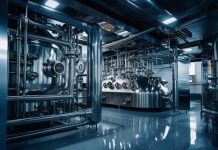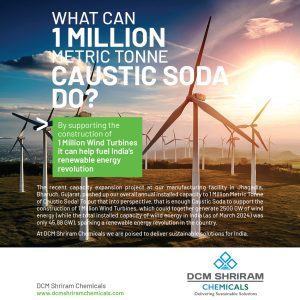thyssenkrupp Uhde, provider for engineering, construction and service of chemical plants, and Johnson Matthey (JM), a player in sustainable technologies, signed a memorandum of understanding to jointly offer a fully integrated low carbon (blue) ammonia solution.
In the drive to reduce CO2 emissions, the role of ammonia has expanded from a vital ingredient used to produce fertilizer for the agricultural sector, to a decarbonized carrier and supplier of hydrogen energy that’s easier to store and transport than pure hydrogen.
The movement of low carbon ammonia can utilize existing infrastructure making it a leading energy transition solution that’s ready to capture, store, and ship vast quantities of hydrogen for use in the power and shipping sector, and industrial value chains globally.
As per the press release, by joining forces thyssenkrupp Uhde and JM can access the blue ammonia market together offering proven technologies combining the uhde® ammonia process and JM’s hydrogen expertise through its LCHTM technology, which will enable the production of blue ammonia with up to 99% CO2 capture.
Lucretia Löscher, COO thyssenkrupp Uhde said, “At thyssenkrupp Uhde, we are committed to our purpose, ‘we create a livable planet’. With this strong partnership we further broaden our portfolio of climate-friendly solutions and can help our customers even better to reach their sustainability goals”.
Alberto Giovanzana, Managing Director, Catalyst Technologies at Johnson Matthey said, “We know multiple routes are needed in the energy transition, and ammonia provides several options because it can be used directly in power and shipping industries, and as a hydrogen carrier to safely transport hydrogen to areas it is not easy to produce. Combining our expertise and over two decades worth of partnership with thyssenkrupp Uhde, we are excited to offer this technology which will allow our customers to produce ammonia with significantly lower CO2 emissions”.
































